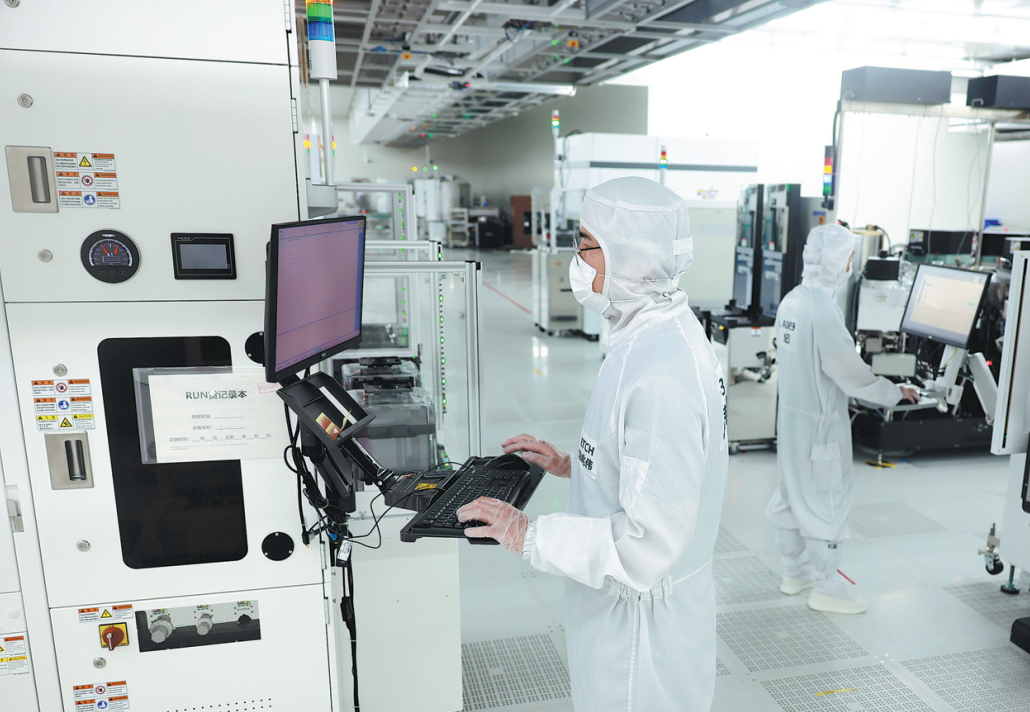
In an age of intelligent machines, sensors have become the invisible organs of modern technology, giving devices the power to see, hear, feel and respond.
And increasingly, these sensors are being made not in Silicon Valley, but in Bengbu, a once-sleepy industrial city in East China's Anhui province.
With over 200 companies devoted to smart sensing technology, the city is fast becoming the "beating heart" of the country's sensor industry and has been dubbed by industry insiders as "China Sensor Valley".
At the heart of this transformation lie small, often invisible sensors called micro-electro-mechanical systems, or MEMS, sensors.
No larger than a grain of rice, yet immensely powerful in its function, this component is enabling machines to perceive their environments with unprecedented precision, from facial recognition in smartphones to obstacle detection in autonomous vehicles.
Huaxin Micro-Nano Integrated Circuit Co Ltd, a local chip leader, recently completed China's first 8-inch MEMS fully automated production line. With 1,500 meters of overhead robotic tracks shuttling chip materials across 54 intersections, the line acts like a suspended, high-speed metro system for semiconductors.
Each day, more than 3,000 transfer carts move through this aerial network, reducing costs by over 30 million yuan ($4.18 million) annually. With 90 percent automation, it is expected to churn out 30,000 wafers per month by 2026, contributing 1.2 billion yuan in annual output.
Ding Jingxiu, vice-president of Huaxin, said: "These sensors aren't just passive parts. They're revolutionizing industries."

